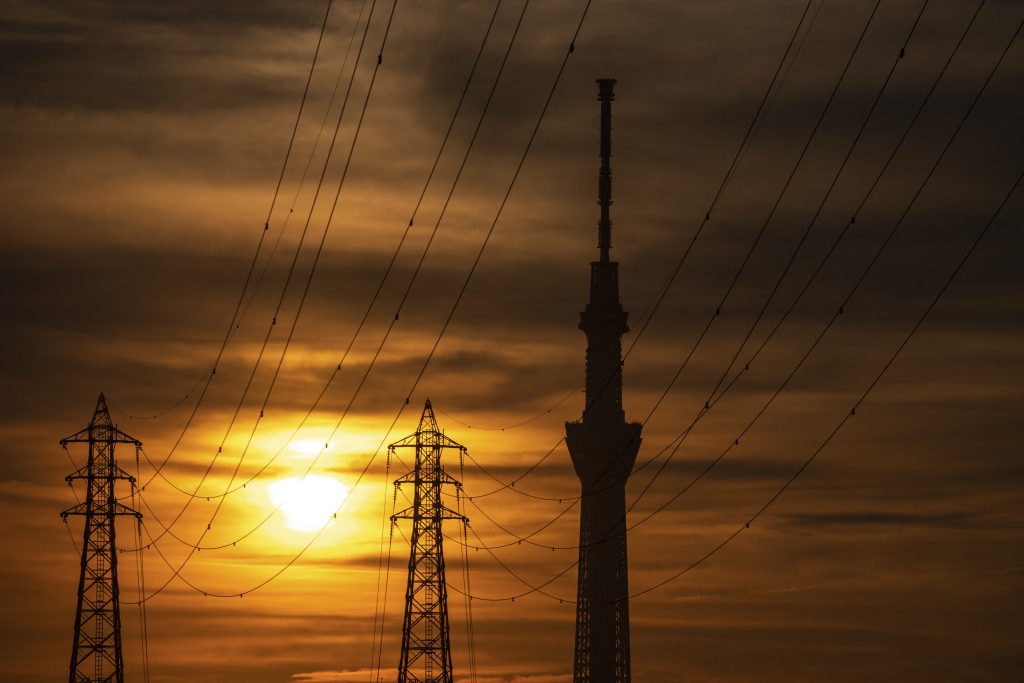
- ARAB NEWS
- 14 Jul 2025

TOKYO: Japan is expected to continue seeing an electricity supply squeeze and is likely to rely on aging thermal power plants, despite up to nine nuclear reactors being put into operation by this winter.
A total of 10 nuclear reactors in Japan have cleared new standards set by the Nuclear Regulation Authority and have received the green light from local municipalities. Of them, six are currently in operation, including the No. 4 reactor at Kansai Electric Power Co.’s <9503> Oi nuclear power plant in the central Japan prefecture of Fukui, which was restarted on Sunday after it had been offline for a routine inspection.
The No. 3 and No. 4 reactors at the Takahama plant and the No. 3 reactor at the Mihama plant, all in Fukui and operated by Kansai Electric, and the No. 3 reactor at Kyushu Electric Power Co.’s Genkai plant in Saga Prefecture, southwestern Japan, are also set to resume operations.
Excluding the Genkai plant’s No. 4 reactor, which will be halted for a regular inspection in September, the reactors in operation will be producing some 9 million kilowatts of power in January next year.
But the operation of the nine reactors had already been included in the power utilities’ electricity supply plans.
“There is no change to the severe situation” for Japan’s power supply, Federation of Electric Power Companies Chairman Kazuhiro Ikebe said.
Under the assumption of a very cold winter, the power reserve rates, or the margins of power supply capacity over demand, next January is expected to fall to as low 1.5 pct in areas serviced by Tokyo Electric Power Company Holdings Inc. and Tohoku Electric Power Co. and 1.9 pct in areas serviced by six utilities including Kansai Electric and Chubu Electric Power Co.
The rate needs to be 3 pct or higher for stable power supply.
To deal with the expected power shortage, the industry ministry aims to raise the reserve rates to around 4 pct by securing an additional 3.6 million kilowatts, equivalent to combined power output by 10 thermal power generation units.
But the restart of old thermal plants comes with the risk of issues triggered by aging facilities.
The nine nuclear power plants to be online this winter are all located in western Japan. None of the plants in eastern Japan, which is expected to be most affected by the power crunch, are set to be restarted.
While it is possible to share power between the eastern and western regions, the maximum capacity of the power grid connecting the two regions remains low at 2.1 million kilowatts.
“The central government will stand at the forefront and work persistently to gain the understanding of the local community,” industry minister Koichi Hagiuda said of the difficulty in restarting TEPCO’s Kashiwazaki-Kariwa nuclear plant in Niigata Prefecture, central Japan, and Japan Atomic Power Co.’s Tokai No. 2 nuclear plant in Ibaraki Prefecture, eastern Japan.
JIJI Press